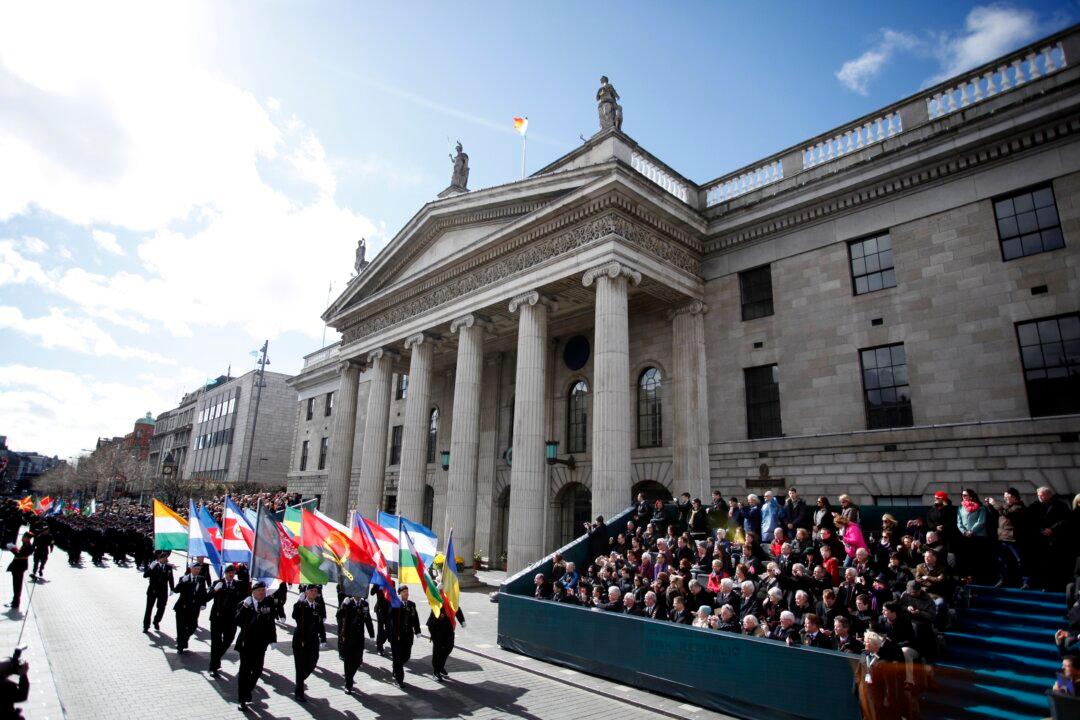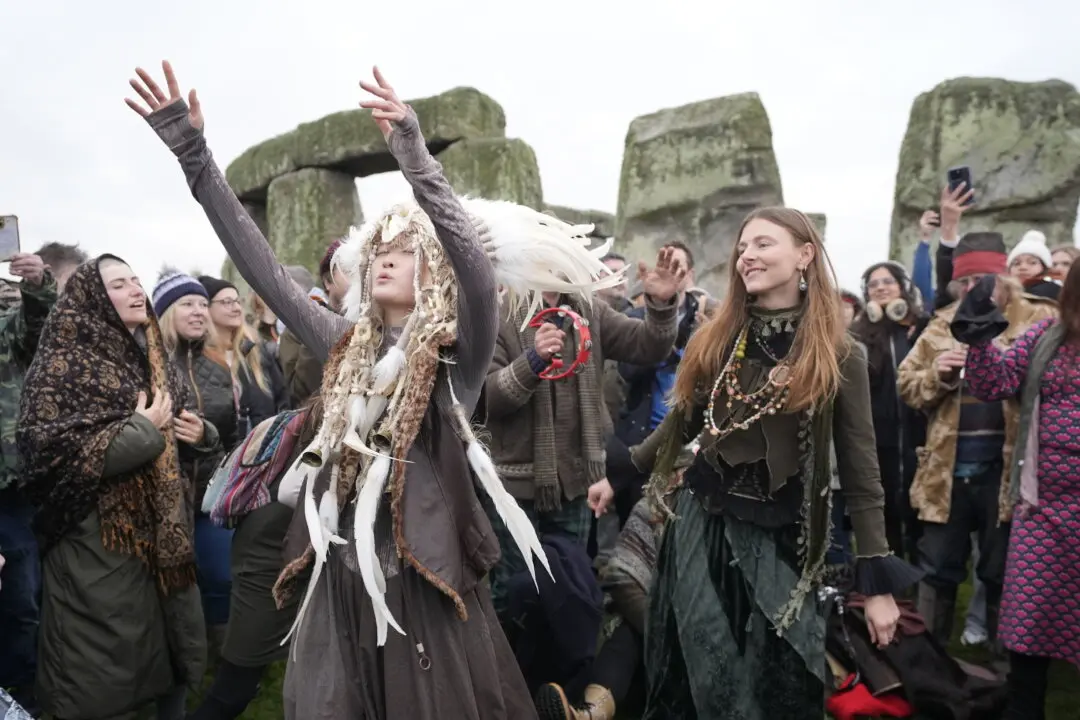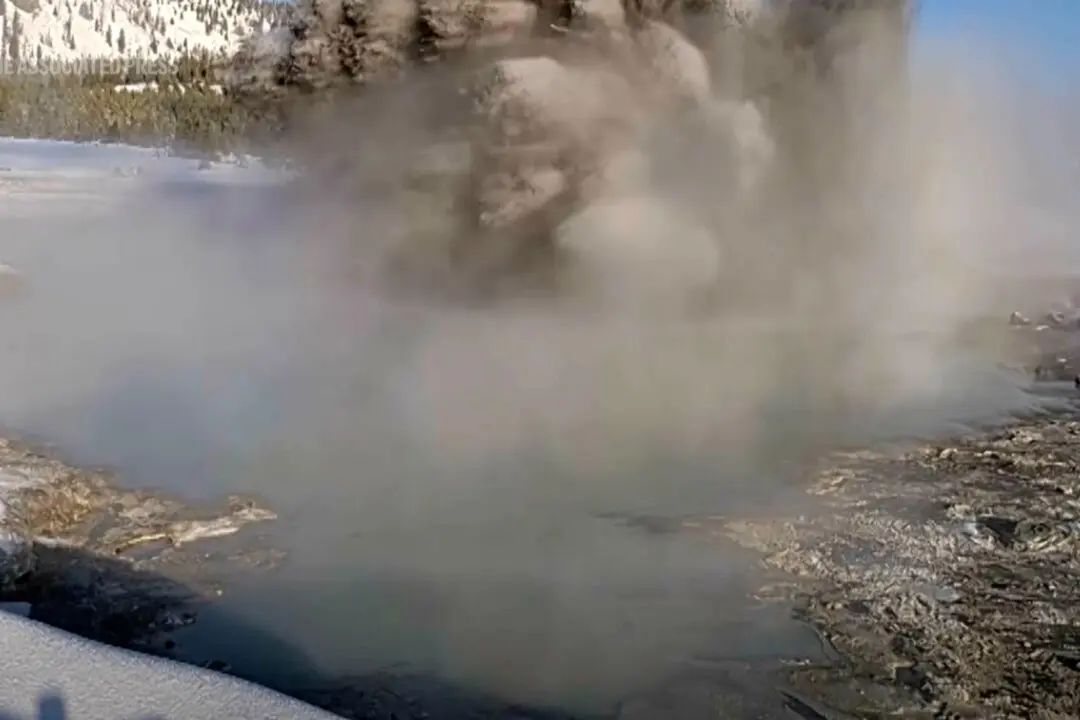DUBLIN—Thousands of soldiers marched solemnly Sunday through the crowded streets of Dublin to commemorate the 100th anniversary of Ireland’s Easter Rising against Britain, a fateful rebellion that reduced parts of the capital to ruins and fired the country’s flame of independence.
The Easter parade through Dublin featured military ceremonies at key buildings seized in 1916, when about 1,200 rebels sought to fuel a popular revolt against Ireland’s place in the United Kingdom.
The five-hour procession paused at noon outside the colonnaded General Post Office on O'Connell Street, the rebel headquarters a century ago, where commander Padraig Pearse formally launched the revolt by proclaiming to bemused Dubliners the creation of a “provisional” Republic of Ireland.






